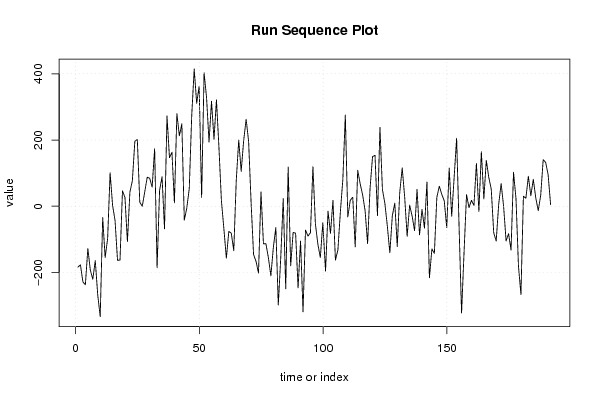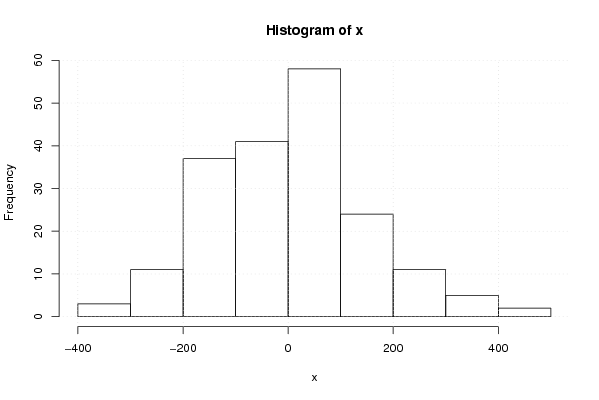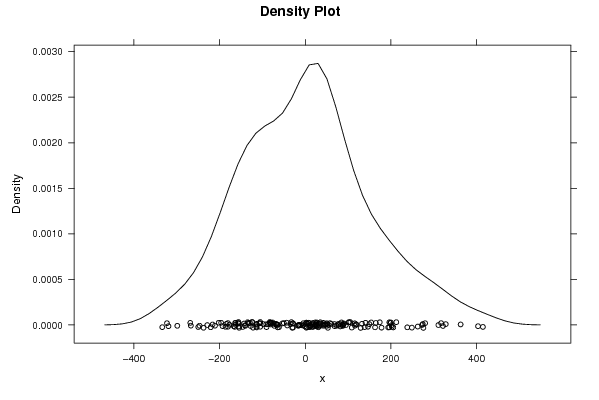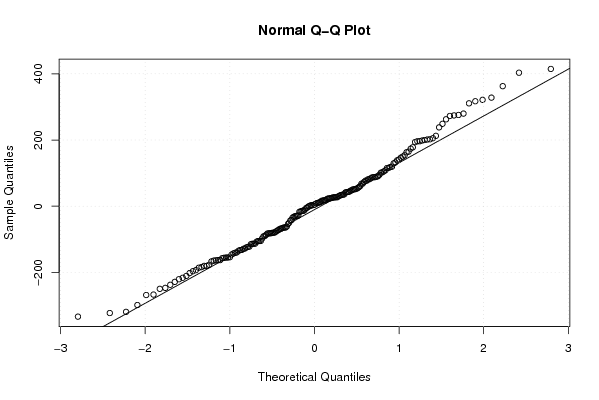-183,9235445
-177,0726091
-228,6351091
-237,4476091
-127,7601091
-193,0101091
-220,6351091
-164,5101091
-268,3226091
-333,6976091
-34,26010911
-154,8851091
-97,74528053
101,1056549
2,543154874
-43,26934513
-163,5818451
-162,8318451
46,54315487
26,66815487
-107,1443451
42,48065487
76,91815487
196,2931549
201,4329835
12,28391886
-0,278581137
42,90891886
87,59641886
84,34641886
57,72141886
173,8464189
-185,9660811
47,65891886
89,09641886
-68,52858114
272,6112475
146,4621829
162,8996829
10,08718285
279,7746829
212,5246829
248,8996829
-41,97531715
-5,787817149
52,83718285
274,2746829
414,6496829
310,7895114
362,6404468
26,07794684
403,2654468
327,9529468
193,7029468
317,0779468
202,2029468
321,3904468
178,0154468
16,45294684
-68,17205316
-157,0322246
-76,18128917
-81,74378917
-134,5562892
77,13121083
199,8812108
105,2562108
198,3812108
262,5687108
196,1937108
11,63121083
-145,9937892
-166,8539606
-202,0030252
43,43447482
-113,3780252
-113,6905252
-155,9405252
-210,5655252
-124,4405252
-64,25302518
-298,6280252
-154,1905252
23,18447482
-249,6756966
118,1752388
-180,3872612
-79,19976119
-81,51226119
-246,7622612
-105,3872612
-319,2622612
-72,07476119
-90,44976119
-80,01226119
119,3627388
-53,49743261
-114,6464972
-155,2089972
-50,02149721
-196,3339972
-14,58399721
-82,20899721
17,91600279
-162,8964972
-132,2714972
-16,83399721
81,54100279
275,6808314
-32,46823322
17,96926678
27,15676678
-123,1557332
108,5942668
67,96926678
34,09426678
-13,71823322
-113,0932332
54,34426678
149,7192668
153,8590954
-28,28996923
238,1475308
50,33503077
8,022530771
-61,22746923
-140,8524692
-28,72746923
9,460030771
-121,9149692
41,52253077
115,8975308
27,03735936
-91,11170524
3,325794759
-29,48670524
-73,79920524
50,95079476
-86,67420524
-9,54920524
-66,36170524
73,26329476
-216,2992052
-128,9242052
-142,7843767
27,06655875
60,50405875
35,69155875
16,37905875
-64,87094125
115,5040587
-30,37094125
87,81655875
205,4415587
-64,12094125
-322,7459413
-139,6061127
35,24482274
-4,317677263
17,86982274
2,557322737
129,3073227
-16,31767726
164,8073227
21,99482274
138,6198227
87,05732274
51,43232274
-80,42784867
-105,1918797
5,245620328
68,43312033
-0,879379672
-105,1293797
-82,75437967
-132,6293797
102,5581203
23,18312033
-180,3793797
-267,0043797
30,13544892
23,98638432
90,42388432
31,61138432
81,29888432
25,04888432
-13,57611568
33,54888432
140,7363843
132,3613843
94,79888432
4,173884316 |









































